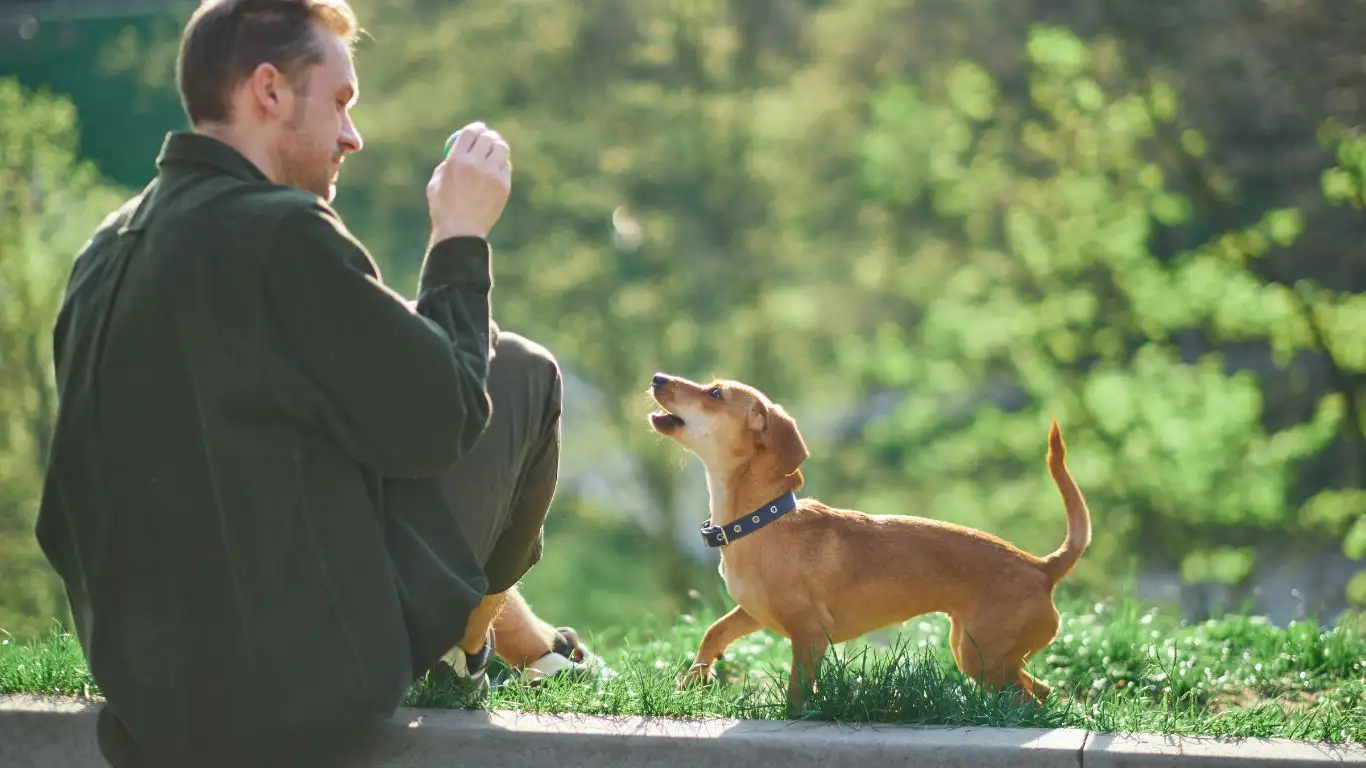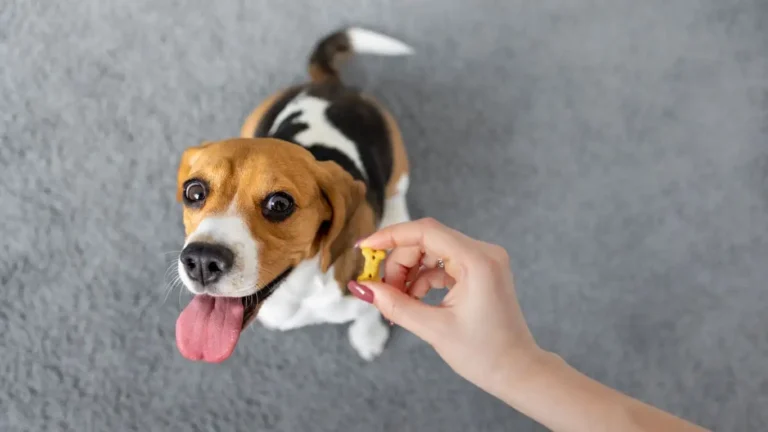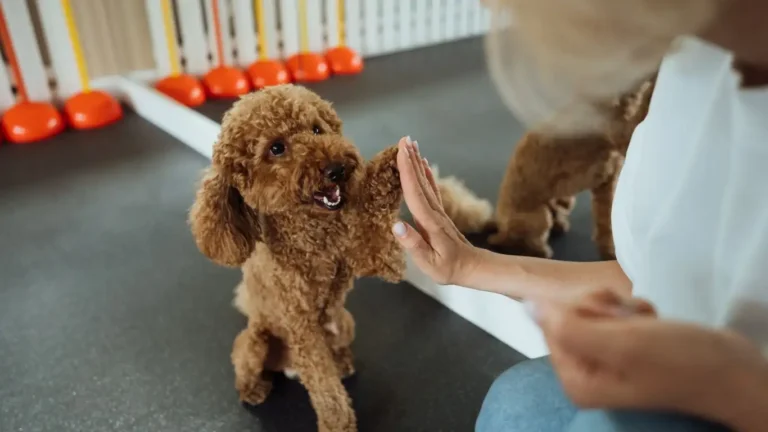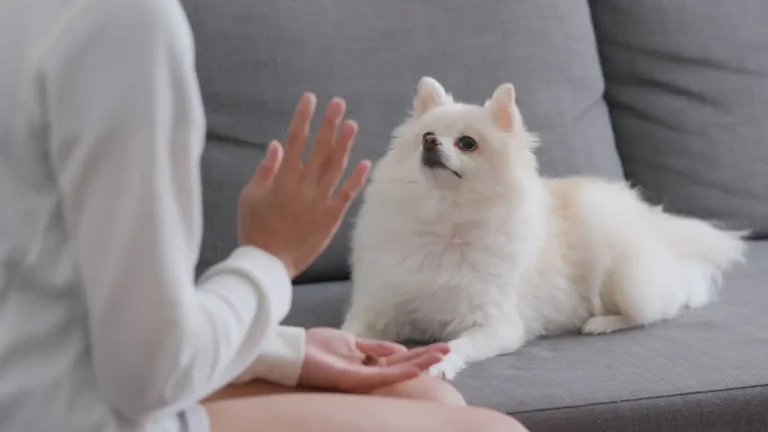Stop Dogs from Jumping on Couches with Easy Training Tips
Training your dog to stay off the couch may seem like a small task, but it plays a big role in helping your pet understand boundaries and follow house rules. While it might be cute to see your furry friend curled up on the cushions, consistent jumping on furniture can lead to behavior problems, hygiene issues, and even joint strain in some dogs. With the right techniques, you can teach your dog to respect your space—without stress or punishment.
Understanding Why Dogs Jump on Couches
Before you start training, it helps to understand why your dog wants to be on the couch in the first place. Most dogs jump up because they’re looking for comfort, warmth, or closeness to their human companions. Dogs are social animals, and they often seek spots that smell like you, especially when you’re not home.
Some breeds also have a natural instinct to perch or guard, making elevated spots like couches extra appealing. Puppies and younger dogs might jump simply because they’re curious or full of energy. In other cases, dogs might be anxious or bored, and the couch becomes a comforting escape.
How Couch Training Works
Training your dog to avoid the couch is about setting clear, consistent boundaries. Dogs learn through repetition and association. If a behavior is followed by something they enjoy (like a comfy nap or snuggles), they’ll want to do it again. But if that behavior is met with a different outcome—like being redirected to a dog bed—they’ll begin to learn what’s expected instead.
Positive reinforcement is key. This means rewarding your dog for doing the right thing, rather than punishing them for doing the wrong thing. Over time, with patience and practice, your dog can learn to stay off furniture and choose their own cozy spot instead.
Common Reasons Dogs Jump on Couches
- Comfort: The couch is soft, warm, and smells like you.
- Attention-seeking: Dogs often jump up when they want to be near you or get noticed.
- Anxiety or stress: Nervous dogs may seek higher or hidden spots when they’re feeling uneasy.
- Lack of training: If you’ve never set boundaries, your dog may not know it’s off-limits.
- Curiosity: Puppies and young dogs are naturally curious and want to explore everything—including the couch.
- Past habits: If they were allowed on furniture before, they may think it’s still okay.
Training Techniques to Stop Couch Jumping
There are several gentle and effective ways to help your dog learn to avoid the couch. Choose the ones that best match your dog’s age, personality, and your home setup.
1. Create a Comfortable Alternative
- Provide a cozy dog bed or mat in the same room as the couch.
- Place it near where you usually sit so your dog still feels included.
- Add blankets or a worn T-shirt to make the bed smell like you.
Encourage your dog to use the bed by offering treats or praise when they lie down. Over time, this becomes their “safe space.”
2. Use Positive Reinforcement
- Reward your dog when they choose their bed instead of the couch.
- Offer small treats, a favorite toy, or extra affection as a reward.
- Be consistent—praise them every time they do the right thing.
This helps your dog associate staying off the couch with something good.
3. Block Access When You’re Not Around
- Use baby gates or close doors to keep your dog out of certain rooms.
- Place upside-down laundry baskets or cushions on the couch when you leave.
- Some pet parents use pet-safe deterrent mats or covers that make the couch less appealing.
Preventing the behavior when you’re not home helps reinforce the training you’re doing when you are there.
4. Use the “Off” Command
- Say “off” in a calm, firm voice when your dog jumps on the couch.
- Gently guide them off or use a treat to lure them down.
- Reward them only after they are off the couch, not while they’re still on it.
With repetition, your dog will learn that “off” means to get down—and good things happen when they do.
What Not to Do
- Don’t yell or punish: This can scare your dog and hurt your bond.
- Don’t push them off forcefully: This can cause injury or make your dog anxious.
- Don’t give mixed signals: If you sometimes allow couch access and other times don’t, your dog will be confused.
Clear, calm, and kind communication works best for long-term behavior change.
When to Talk to a Trainer or Vet
In most cases, training your dog to avoid the couch is something you can manage at home. But there are times when it might help to get expert support. A professional dog trainer can give personalized advice and troubleshoot stubborn behaviors. If your dog seems anxious, overly attached, or starts showing signs of distress when left alone, a vet or veterinary behaviorist can help rule out deeper issues.
Signs to watch for include:
- Destructive behavior when you’re gone
- Whining, barking, or pacing
- Refusing to settle anywhere but the couch
- Sudden changes in behavior or mood
These signs may point to separation anxiety, joint pain, or other health concerns. Early support can make a big difference and help your dog feel more secure and comfortable.
Final Thoughts
Training your dog to stay off the couch takes time, but it’s very doable with patience and consistency. Remember, your dog isn’t being stubborn—they’re just doing what feels good and familiar. With clear rules, plenty of positive reinforcement, and a cozy place to call their own, your dog can learn new habits that work for both of you.
If you run into trouble or have questions about your dog’s behavior, don’t hesitate to reach out to your vet or a certified dog trainer. You’re not alone, and support is always available.






